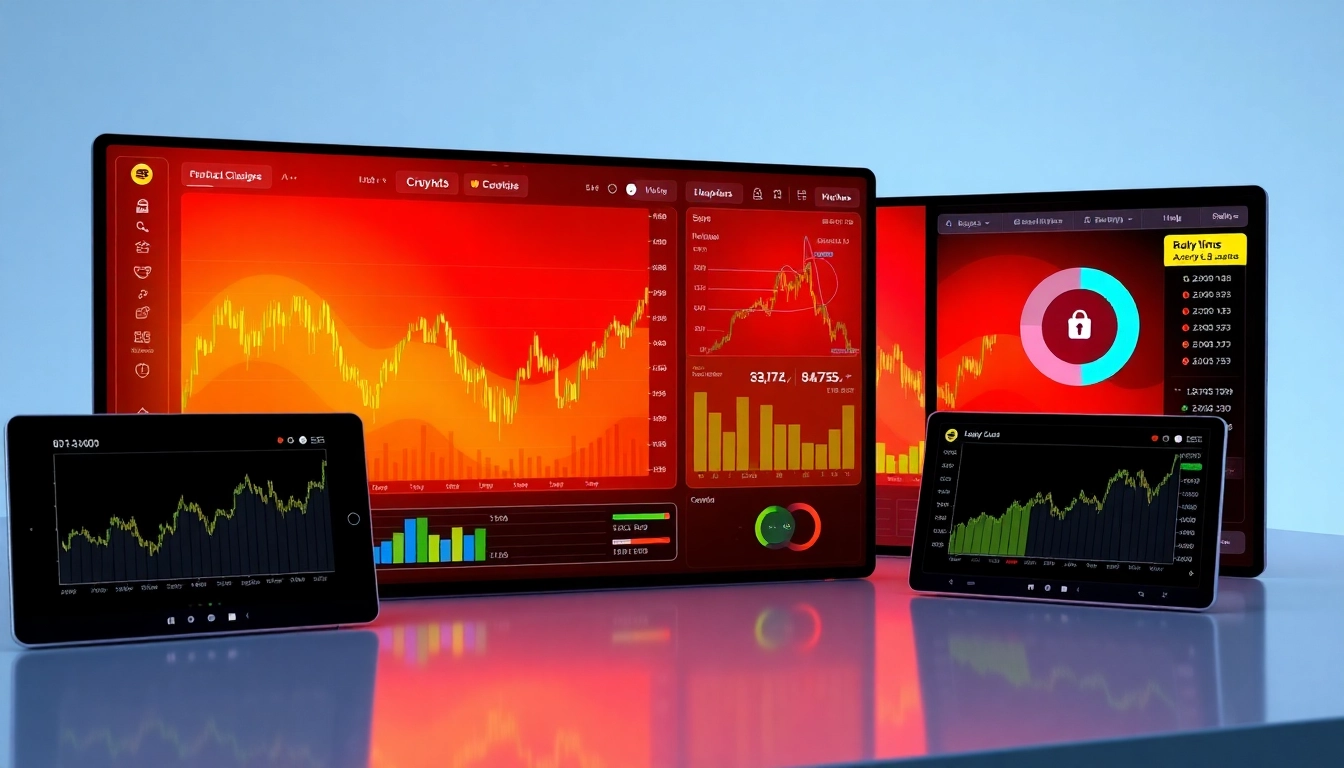Introduction to Lombok: Geographical and Cultural Overview
Nestled within the Indonesian archipelago, Lombok is a captivating island renowned for its natural beauty, rich cultural heritage, and diverse attractions. As part of the West Nusa Tenggara province, Lombok spans approximately 4,726 square kilometers and is home to over four million residents as of 2025. Its strategic location in the Lesser Sunda Islands places it just east of Bali, separated by the Lombok Strait—a vital waterway known for its marine biodiversity and economic significance.
The island’s geography is characterized by majestic mountains, pristine beaches, lush forests, and fertile valleys. The prominent Mount Rinjani, Indonesia’s second highest volcano standing at 3,726 meters, dominates the landscape and offers ample outdoor adventure opportunities. Lombok’s unique combination of rugged volcanic terrain and idyllic coastlines makes it a prime destination for travelers seeking both adventure and serenity.
Cultural Heritage and Local Traditions
Lombok’s cultural tapestry is deeply rooted in indigenous Sasak traditions, alongside influences from Islam, Hinduism, and other local customs. The Sasak people, who constitute the majority community, maintain vibrant cultural practices through traditional music, dance, crafts, and ceremonies. One notable aspect of Lombok’s culture is its exquisite weaving and textile arts, particularly the iconic songket fabric, which reflects the island’s artistic sophistication.
Religious festivals and plantation rituals play a significant role in community life, often showcasing unique ceremonies such as the Bau Nyale festival, where locals celebrate the sea worm that is believed to symbolize prosperity. Preserving these customs amidst modernization ensures the cultural richness of Lombok continues to thrive, offering deep insight into the island’s identity.
Top Tourist Destinations in Lombok
Beautiful Beaches and Water Activities
Lombok’s beaches are acclaimed globally for their powdery white sands, azure waters, and excellent surf breaks. Gili Trawangan, the largest of the Gili Islands, is a renowned hub for snorkeling, diving, and vibrant nightlife. Tanjung Aan and Selong Belanak are popular among surfers and families alike, offering calm lagoons and perfect waves. The iconic Pink Beach, known for its rosy-hued sand, provides a unique setting for snorkeling and relaxation.
Water activities extend beyond surfing and swimming. Visitors can engage in stand-up paddleboarding, kayaking, and boat trips, exploring nearby islands or spotting marine life in coral reefs. The Perigean tides and marine biodiversity make Lombok a haven for eco-enthusiasts and marine explorers.
Mt. Rinjani: Indonesia’s Second Highest Volcano
The majestic Mount Rinjani is a magnet for adventure travelers. Its crater lake, Segara Anak, with its emerald waters, presents an awe-inspiring view from the summit. Trekking Rinjani is considered one of Indonesia’s premier hiking experiences, with options ranging from two to four-day expeditions equipped with guides, porters, and camping gear.
The Rinjani National Park is also a conservation area teeming with unique flora and fauna, including the endangered Rinjani Ash-Silversword. Proper planning and acclimatization are essential for trekkers due to the altitude and weather variability. Visitors often combine the climb with visits to local villages, hot springs, and waterfalls along the trail.
Hidden Gems: Islands, Waterfalls, and Cultural Sites
Beyond the well-trodden paths, Lombok offers numerous hidden gems that reward curious explorers. The islands of Gili Air and Gili Meno are tranquil retreats with laid-back atmospheres, perfect for diving and relaxing away from crowds. Waterfalls such as Sendang Gile and Tiu Kelep in the northern highlands provide cool respite amid lush greenery and crystal-clear streams.
Cultural sites include the ancient Pura Lingsar temple, which symbolizes religious harmony, and traditional Sasak villages like Sade and Ende, where visitors can observe and participate in local crafts and rituals. These lesser-known destinations enrich the travel experience, showcasing Lombok’s multifaceted allure.
Experiencing Lombok’s Unique Culture and Traditions
Local Crafts and Handicrafts
Lombok’s craft industry is vibrant, featuring batik textiles, woven baskets, pottery, and wood carvings. The island’s artisans skillfully produce intricate textiles, such as songket and traditional Sasak motifs, often used in ceremonial dress and home décor. Visiting local markets and craft villages allows travelers to purchase authentic souvenirs and learn about traditional techniques passed down through generations.
Workshops and cultural tours often incorporate hands-on experiences, fostering appreciation and supporting local communities. These crafts not only represent artistic expression but also preserve socio-cultural identity.
Traditional Festivals and Events
Festivals play a vital role in maintaining Lombok’s cultural rhythm. The Bau Nyale festival, held annually in February, is a spectacular event where locals and tourists gather to catch sea worms believed to have mystical significance. The Islamic Maulid Nabi celebrations and the traditional Bau Nyale festival offer insights into religious and cultural symbiosis.
Other cultural events include the Lombok Sassak Culture Festival and various village-level ceremonies that showcase traditional music, dance, and rituals. Participating in these festivals provides visitors with authentic interactions and deeper understanding of Lombok’s social fabric.
Gastronomic Delights and Local Cuisine
Lombok’s culinary scene is a flavorful reflection of its diverse influences. Signature dishes like Ayam Taliwang, a spicy grilled chicken, and Plecing Kangkung, a tangy water spinach salad, serve as staples in local eateries. Other delights include fresh seafood, traditional satays, and tropical fruits such as mangosteen and rambutan.
Street food markets and warungs provide affordable options for experiencing Lombok’s authentic flavors. Many cooking classes and food tours enable visitors to learn local recipes, providing a culinary bridge to understanding Lombok’s unique cultural identity through taste.
Practical Travel Tips for Visiting Lombok
Best Time to Visit and Weather Insights
The optimal period to explore Lombok is during the dry season, typically between May and September, when the weather is sunny, and rainfall is minimal. Temperatures range from 25°C to 32°C, with cooler conditions at higher altitudes near Mount Rinjani. The wet season, from November to April, brings heavy rains that can hinder outdoor activities but enhance the island’s lush landscapes.
Planning your trip around these climate patterns ensures better engagement with outdoor adventures and cultural events.
Accommodation, Transportation, and Local Etiquette
Accommodation options in Lombok range from luxury resorts and boutique hotels to budget hostels and homestays, particularly in popular areas like Senggigi, Kuta Beach, and the Gili Islands. Transportation options include rented scooters, private cars, and shuttle services. For longer distances, local buses and boat transfers connect various regions efficiently.
Respect for local customs is essential. Dress modestly when visiting religious sites, remove shoes before entering homes and temples, and engage with local communities with courtesy. Learning some basic Bahasa Indonesia phrases enhances interactions and shows appreciation for local culture.
Environmental Conservation and Responsible Tourism
As tourism increases, sustainable practices are vital for preserving Lombok’s natural beauty. Visitors should avoid damaging coral reefs, refrain from littering, and choose eco-friendly accommodations and tours. Supporting local artisans and vendors encourages community-based tourism and cultural preservation.
Participating in conservation activities, such as beach clean-ups or reef restoration projects, fosters environmental stewardship and ensures Lombok remains an unspoiled paradise for future generations.
Getting the Most from Your Lombok Adventure
Suggested Itineraries for Different Durations
For a short trip (3-4 days), focus on key highlights such as beaches, a Rinjani trek, and cultural villages. An ideal itinerary includes days spent exploring Senggigi Beach, climbing Mount Rinjani, and visiting Sade Village for cultural immersion.
Longer visits (7+ days) allow for a more comprehensive experience, including island-hopping to the Gili Islands, exploring waterfalls and natural parks, and participating in local festivals.
Packages and Guided Tours for Cultural and Adventure Travel
Many reputable tour operators offer curated packages that combine adventure pursuits like trekking and diving with cultural tours, including village visits and craft workshops. Guided tours provide local insights, safety, and convenience, especially for activities such as Rinjani hiking or diving excursions.
Customizable options are available to suit individual preferences, budgets, and travel style, ensuring an authentic and seamless experience.
Resources for Planning and Booking Your Trip
Leveraging online platforms and travel agencies can simplify booking accommodations, tours, and transportation. Official tourism websites, reviews on TripAdvisor, and local contact points provide reliable information. It is advisable to review current travel advisories, health requirements, and visa policies before departure.
Engaging a local guide or tour operator not only enhances safety and insights but also supports community-based tourism initiatives, fostering sustainable development.



